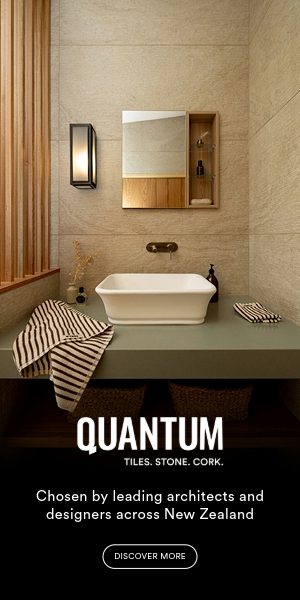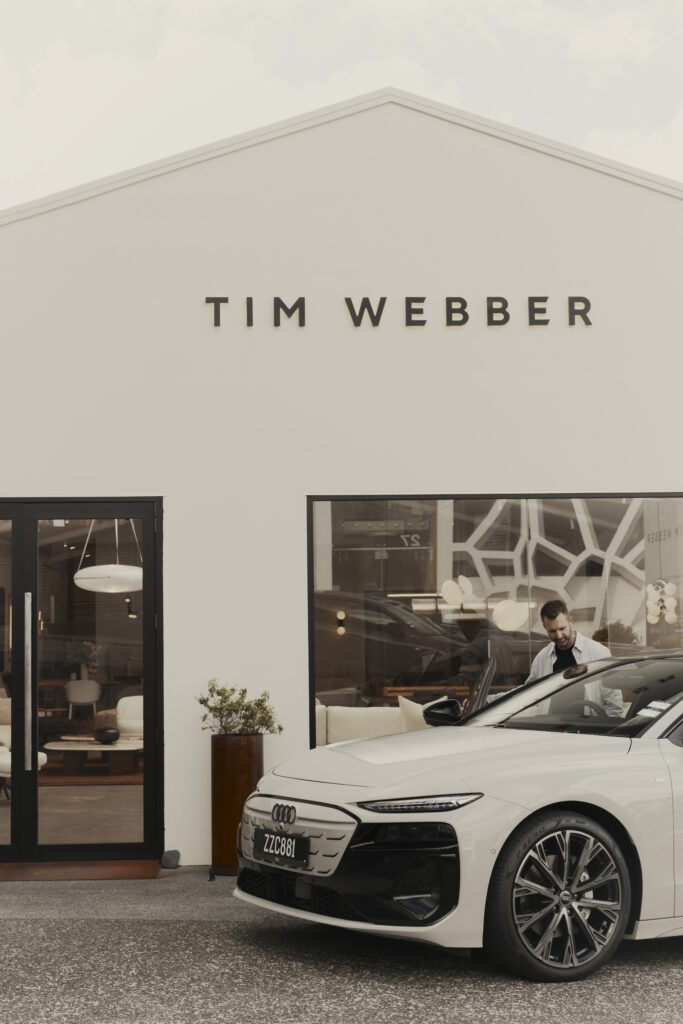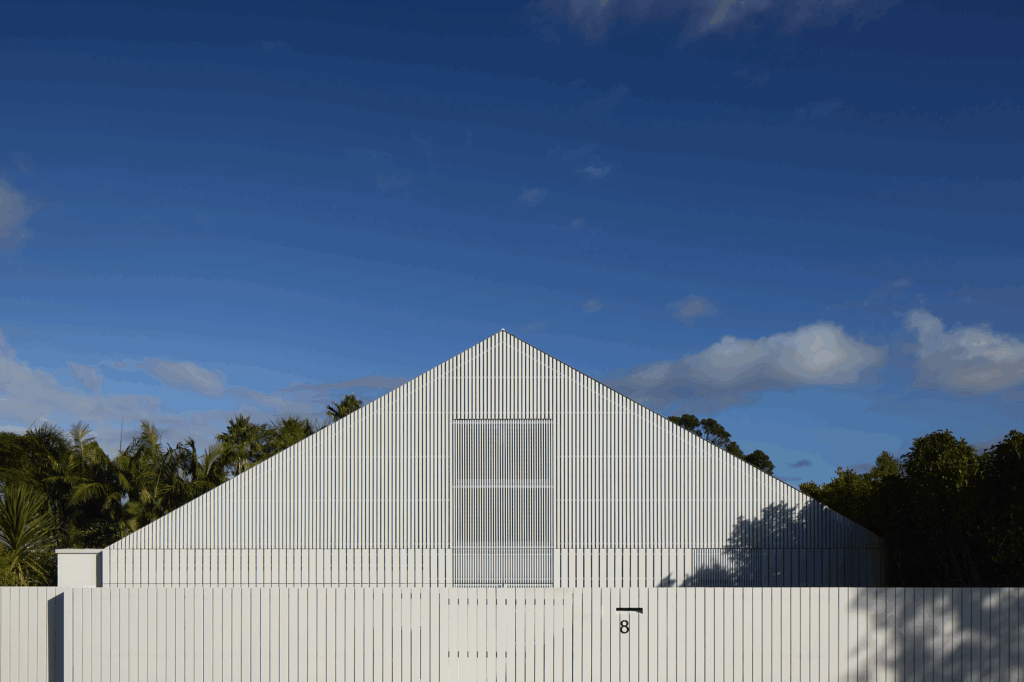Homestar offers a modern approach to home building — designed for the future, environmentally conscious, and economically smart. We spoke with its founders, the New Zealand Green Building Council, about how the programme has developed since its launch 15 years ago, and where to from here.
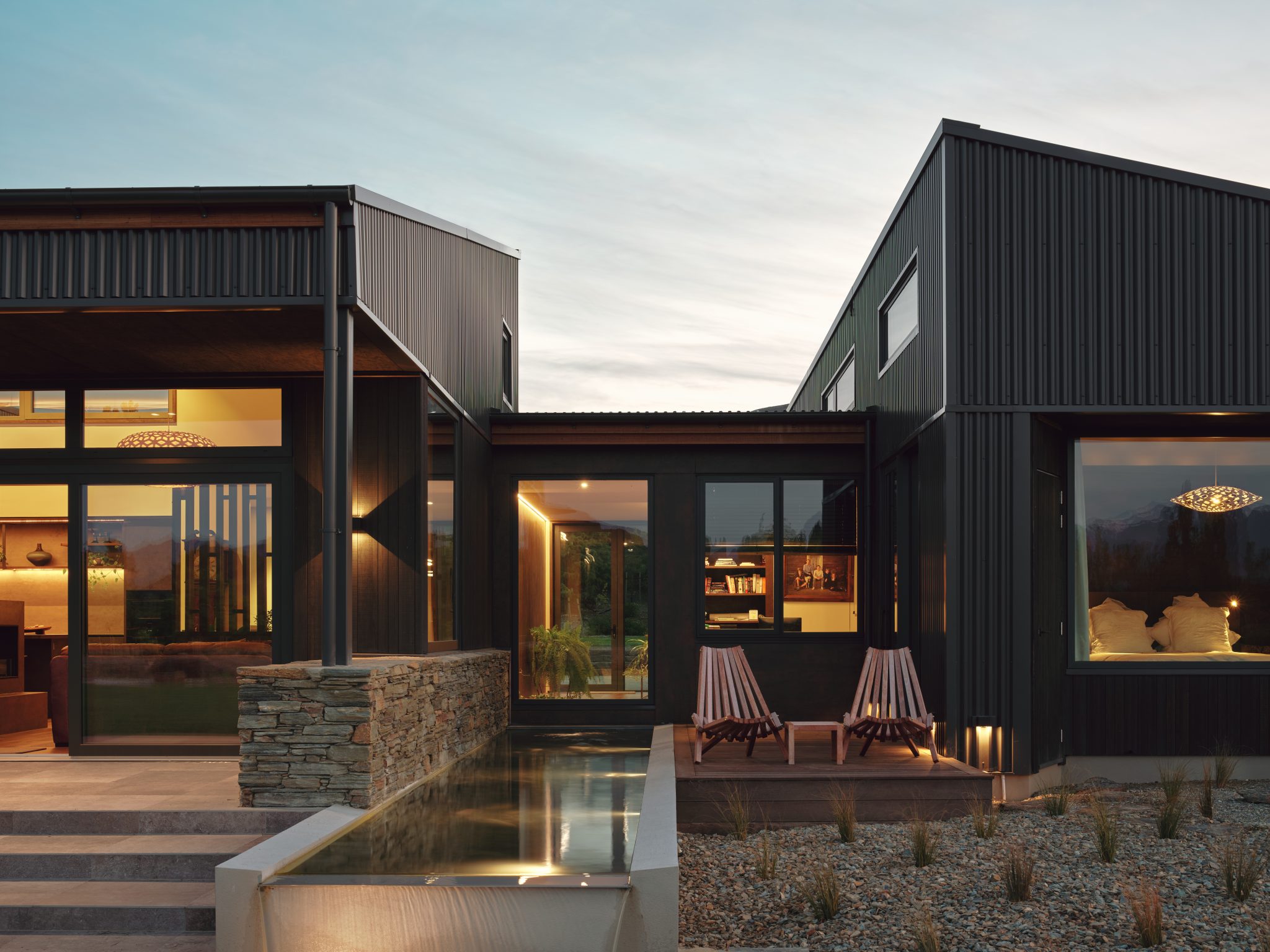
More than 13,000 homes across New Zealand have already earned Homestar certification — a clear sign of growing demand for smarter, healthier living. Homestar assesses key factors like energy use, water efficiency, indoor health, comfort, and resilience — all of which contribute to lower utility bills and a better quality of life.
“Homestar empowers Kiwis to build better, healthier homes – and play their part for the planet. With a Building Code that has failed to keep up with changes in our market and the variations in our climate up and down the country, Homestar provides the solution. The industry has evolved, upskilled, and adapted, allowing us to continue raising the bar and delivering homes that are more resilient and comfortable to live in,” says NZGBC’s Residential Business Development Manager Matthew Cutler-Welsh.
Parts of the New Zealand Building Code have been tweaked over the years, but key comfort criteria such as assessing the risk of overheating, and ensuring adequate ventilation, are still missing, Matthew explains.
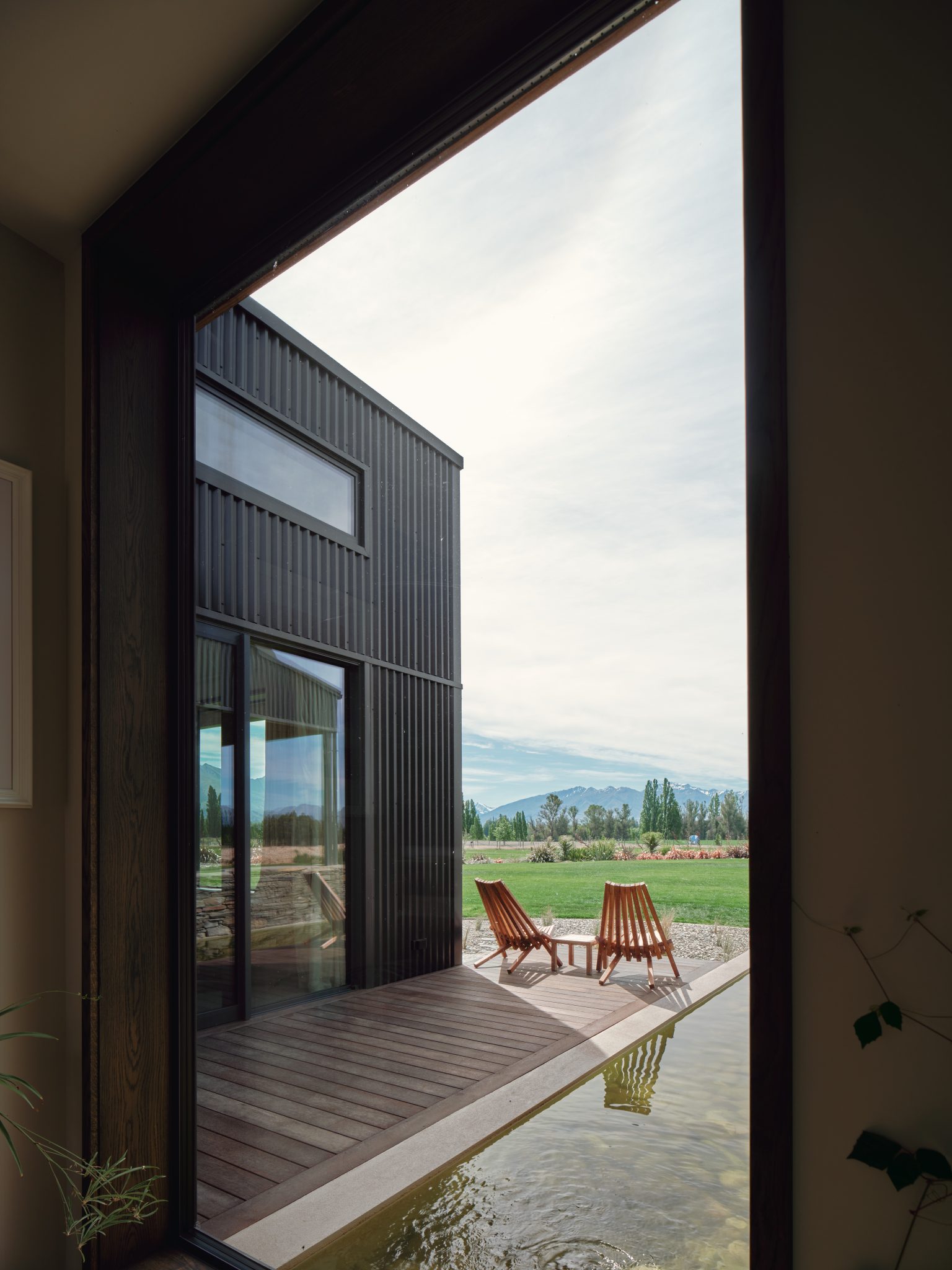
“Homestar fills in these gaps for Kiwis. It considers much more than thermal efficiency and performance — incorporating key comfort and environmental factors that deliver healthier spaces that require less energy to heat and cool, along with more responsible construction.”
As architect Beth Chaney-Walker of Chaney & Norman Architects, who designed and lives in a Homestar 8-rated home and specialises in this area of design, explains it: “Homestar-rated homes offer improved thermal performance and energy efficiency, providing financial advantages through lower heating and cooling costs. Beyond financial benefits, they promote health and well-being by maintaining more comfortable temperatures year round, and ensuring good ventilation. More broadly, Homestar-rated homes contribute to global wellbeing by reducing carbon footprints and utilising sustainably and ethically sourced materials.”
Homestar ratings range from six to ten stars, with a six stars building above the Building Code, seven considered ideal, and eight and above signifying leading design and construction.
As Matthew explains: “Certification not only provides a best practice framework, but it’s also a way to reduce your build’s impact on the planet for a small increase to the overall build cost of just 0-1.3%. We’re increasingly seeing banks incentivising Homestar by offering discount finance and better mortgage terms. This means substantial financial savings for those building or renovating to Homestar.”
As our land is shaped by more environmental extremes than we’ve perhaps ever seen, and climate resilience is now a central concern in architecture, designing homes that tread lightly and endure is more important than ever. Homestar is a visible and achievable reminder of exactly that.
